
Electric vehicle sales are growing rapidly in Australia. In the first quarter of 2023 electric vehicle deliveries across the country increased by 157.6 per cent year-on-year – and for good reason. Whether you’re an individual or a business with a fleet, making the switch to electric cars has multiple benefits such as lower emissions, lower maintenance costs, and instant acceleration, to name a few.
Thanks to a combination of government incentives and new lower-cost models, electric vehicles are now becoming more competitive with combustion engine vehicles on a total cost of ownership basis.
To help you kickstart your journey, zecar and Origin 360 EV have teamed up to provide this ‘Must read guide for electrifying your fleet’.
EDITOR’S NOTE: This article has been sponsored by Origin 360 EV.
To help you maximise the benefits of electric vehicles, there are a number of steps we recommend implementing. Based on its discussions with customers, Origin 360 EV finds businesses are looking for solutions across the following areas:
- Identifying the best ways to implement electric vehicles
- Understanding the economics
- Selecting the right models
- Implementing tailored and simple charging solutions
- Procurement: options with purchasing, leasing, or subscribing
- Accessing available EV incentives and subsidies
Evaluating the Opportunity
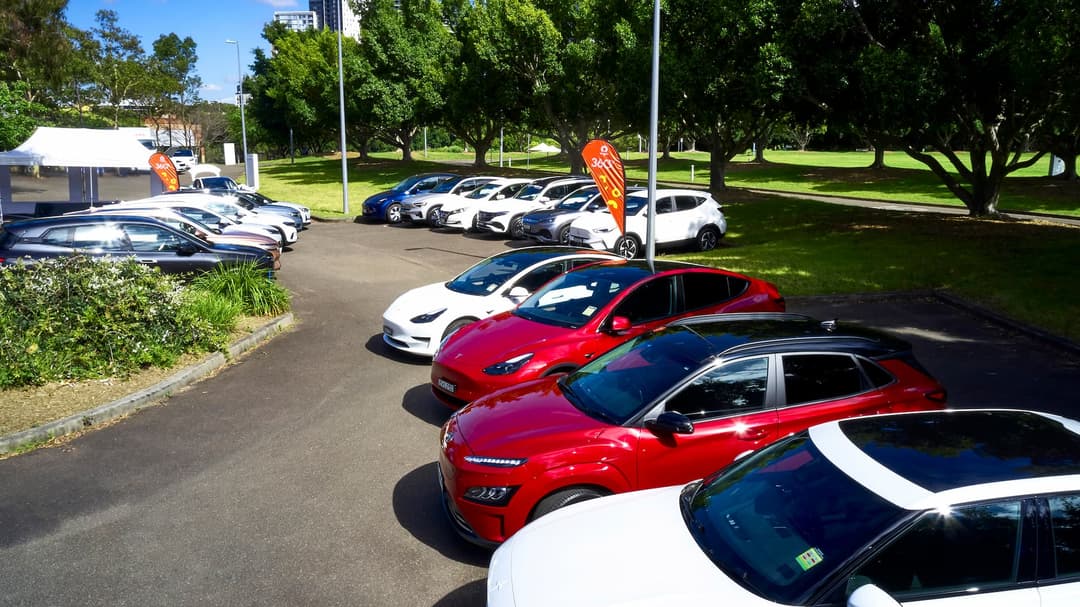
The first step in electrifying your fleet is evaluating the best fit for electric vehicles within your organisation's operational requirements. By reviewing your current fleet, you can identify where your business can benefit most from electric vehicles now, while planning ahead for expansion. It also gives you a foundation from which to evaluate the electric cars on the market.
Fleet-specific ‘Drive Days’ can streamline the process of evaluating vehicles on the market through consultation with experts on the needs of your business. Origin 360 EV offers dedicated electric vehicle Drive Days for organisations with fleets where customers can test drive a range of vehicles and learn about the complete solutions available now.
🚗 DRIVE DAY: Register your interest in Origin 360 EV's next event in Sydney on Wednesday 17 or Thursday 18 May. Click here to sign up.
Route and Usage Patterns
Understanding your fleet's current usage patterns will help you determine the types of electric models of interest (hatch, SUV, van etc) alongside the requirements for your fleet (storage, safety, range, etc.). Telematics data will assist if you have access to this.
Considering where your vehicles are parked overnight or during work hours is also valuable when assessing charging requirements. According to Origin’s Smart Charging trial 80 per cent of EVs will be charged at home or at work – meaning charging can fit in with your employees’ existing schedules.
Due to the recently enacted Fringe Benefits Tax (FBT) exemption for eligible EV models, employers can be exempt from FBT that would apply on a similar combustion engine vehicle – even if the vehicle is taken home. This means eligible vehicles can be driven home and charged overnight, without the business incurring FBT costs. Origin 360 EV provides solutions for charging at workplaces or employees’ homes, including solutions for simple employee reimbursement.
Public charging options, including fast-charging infrastructure, can also be utilised for fleets. Evaluating your fleet’s current patterns can identify if and where public fast-charging stations can add value and utility for your fleet.
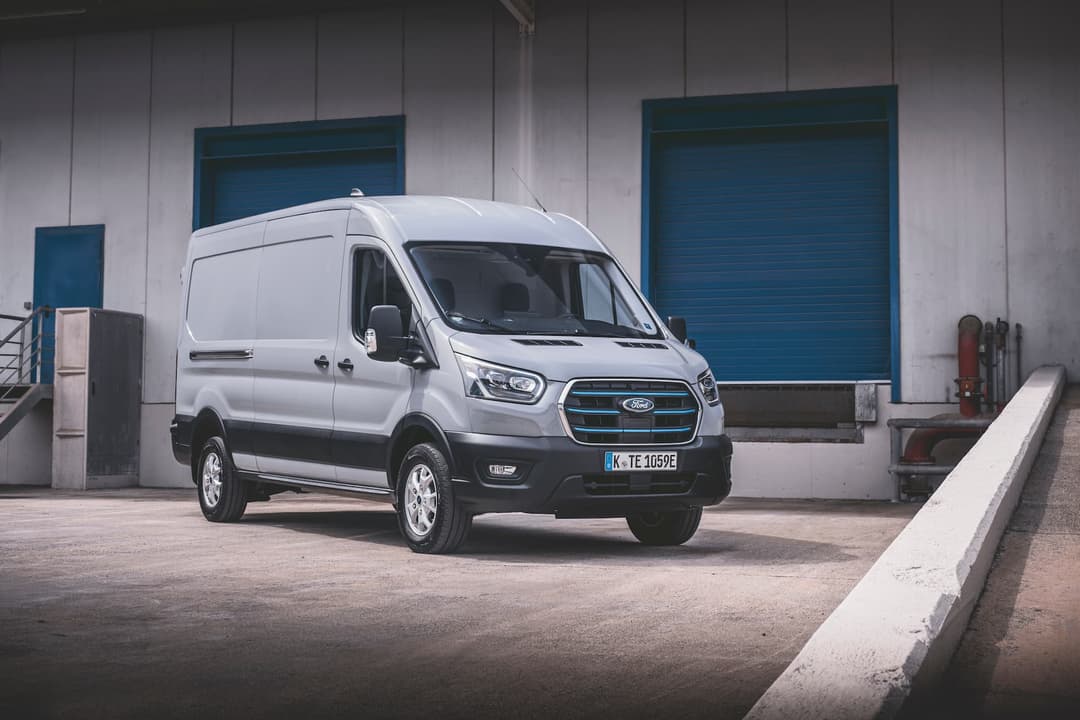
Economics
While the upfront cost of an electric vehicle is likely to be higher than the equivalent petrol or diesel engine vehicles in your fleet, looking at the vehicle on a total cost of ownership (TCO) basis provides a full picture of the economic comparison.
The lower running and maintenance costs of electric vehicles coupled with available incentives and rebates mean EVs can be financially competitive.
Some of the key questions to consider are:
- What is the total cost of ownership for your existing vehicles, including maintenance and fuel?
- How do applicable government incentives, such as the FBT exemption or state-based incentives such as rebates or the NSW Government's EV Fleet incentive help the economics?
- What subsidies are available to set up EV charging infrastructure?
- Given accelerating growth and incentives available now, what is the opportunity cost of being a late adopter?
- How would electric vehicles benefit your company’s perception and brand?
- Does the ‘business case’ stack up? Is there a funding gap?
Vehicle Selection
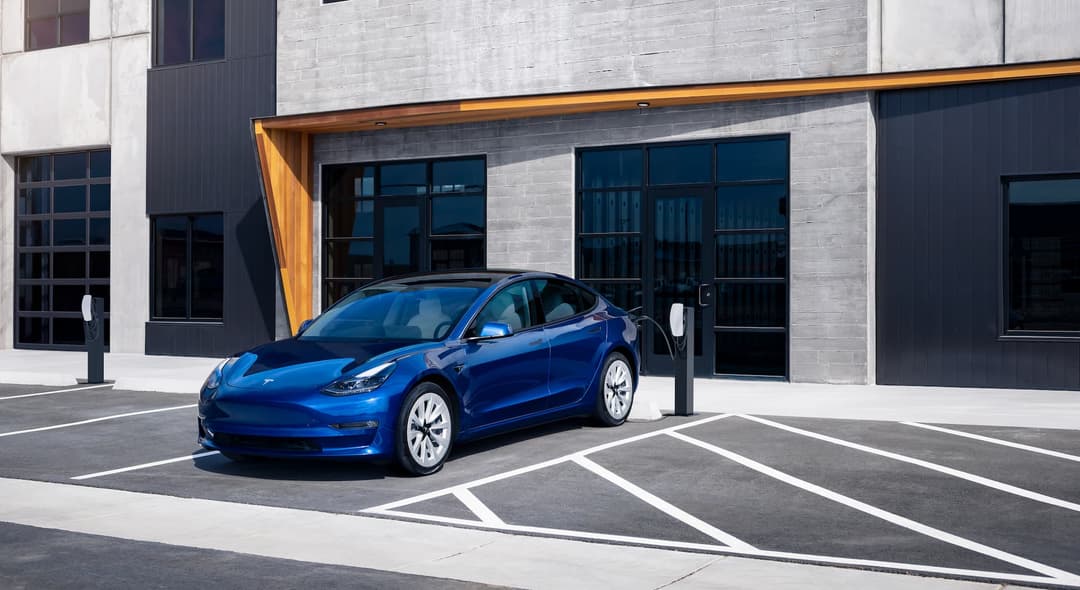
Once you have determined the best opportunities for electric vehicles for your fleet, the next step is selecting the right model/s. While the variety of electric vehicles is not yet as expansive as fossil-fuel options, the number of electric models is growing quickly. A few factors you may want to consider when selecting EV models include:
- Drive experience – How does the vehicle compare for overall driving performance and is it suitable for your employees to use everyday?
- Cabin space – How much interior room is needed?
- Storage space – EVs may offer more storage due to the space saved without the engine, fuel tank and other components – does this offer more size classes of vehicles you can choose from?
- FBT exemption – As EVs below the luxury car tax threshold are eligible for this exemption, does this change the type of vehicle for your fleet?
(eg: current fleet includes utes, but SUVs maywould suit better) - Range – choose models that align with your operating need and maximise the benefits of switching to electric.
To help, you can use the following tools:
- Use EVmatch tool for a vehicle recommendation
- Introduce evaluation vehicles for employees to test drive and provide feedback.
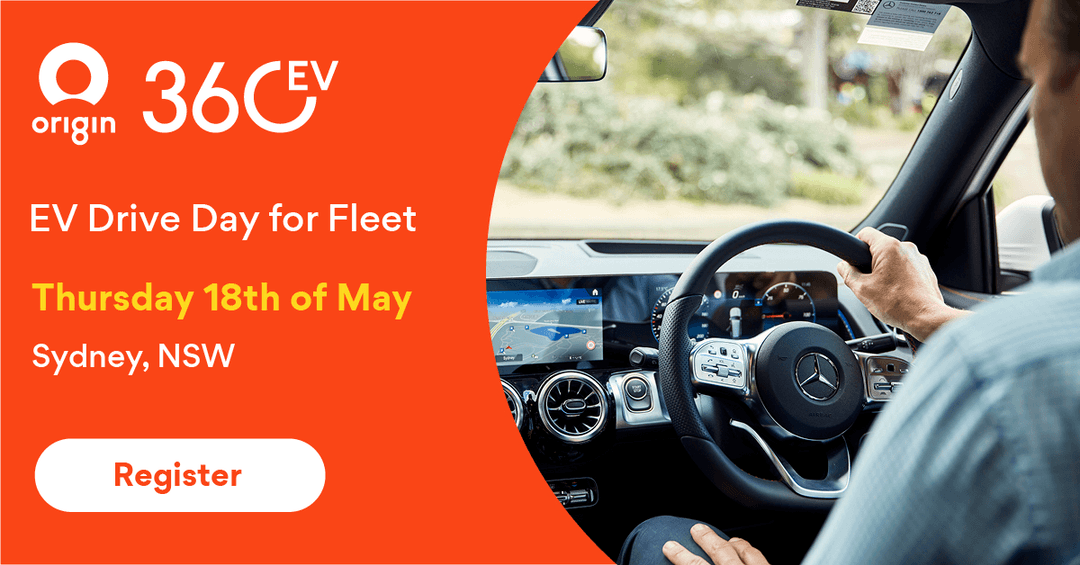
Implementing Charging Infrastructure
Once you've selected the right EV models for your fleet, the next step is implementing charging infrastructure.
The best option is one tailored to your business needs. For example, Origin 360 EV can provide tailored charging solutions to businesses that make charging easy, offer dedicated and secure charging stations at your workplaces or install chargers for take-home vehicles at residences with easy reimbursements.
Factors to consider when implementing charging infrastructure include:
- Type of charger needed
- Number of charging stations required
- Location for chargers and existing infrastructure
Sustainability and Compliance
Sustainability is becoming increasingly important for businesses of all sizes. Electrifying your fleet is one way you can reduce your business carbon footprint. For example, the difference in carbon emissions from fuel source is anywhere between 39% to 100% lower in an EV than compared to a petrol equivalent.
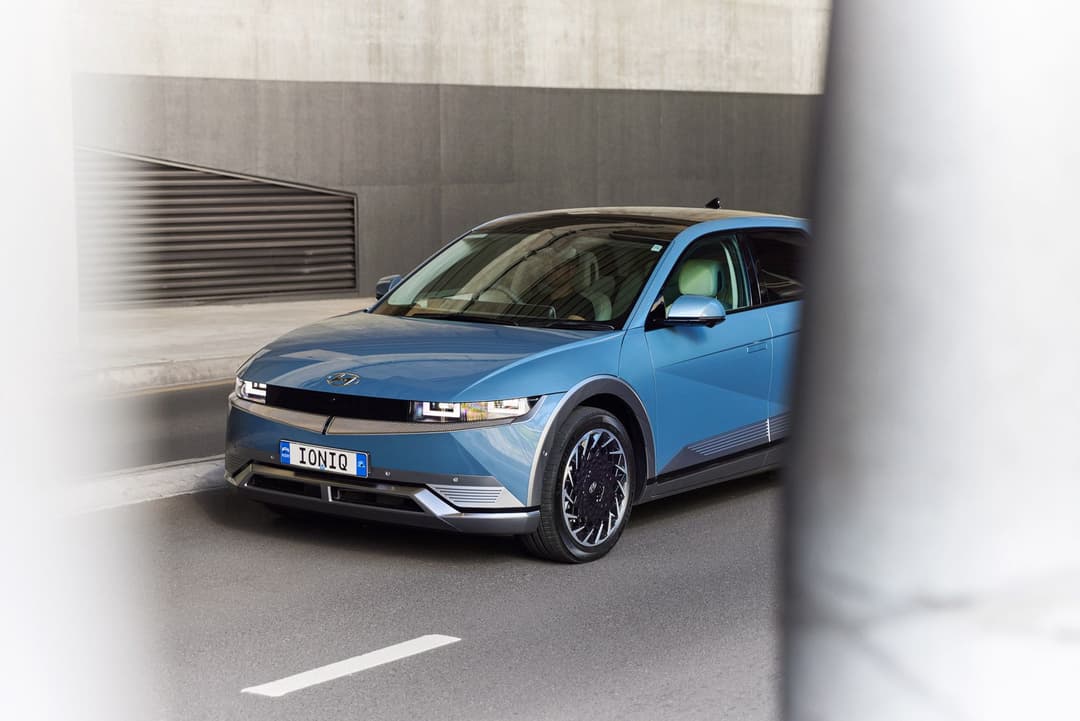
Buy, Lease or Subscribe?
While many businesses may have an existing method of funding and managing fleet vehicles, there are now more options on the market that address consumer and business needs.
For example, EV subscriptions are becoming increasingly popular. Rather than being locked into a long-term agreement, subscriptions allow customers to drive an electric vehicle over a shorter term that suits them. The flexibility to subscribe month-to-month means your subscription can adapt to any changing business need. Simply change your subscription car at the end of the monthly contract to experience the benefits of electric vehicles, without the limitations of a long-term agreement.
Operating leases can also provide the benefit of taking the residual value risk on EVs.
Tracking Results
When making the switch to electric vehicles, leveraging your own data is very powerful. Information from the first vehicles your organisation implements can provide key data to inform expansion of electric vehicles in your fleet.
Key aspects you can track are:
- Driver feedback
- Running costs
- Operational uses
- Charging session data
- CO2 reductions
Bottom Line

Electric cars offer many advantages, but the benefits of making the switch are maximised with a complete holistic approach. Partnering with a provider with complete solutions across the EV journey can make this simple and streamlined – so your business can focus on what you do best.
Origin 360 EV are hosting a Drive Day event in Sydney on Wednesday 17 or Thursday 18 May. Attendees can test drive a range of electric vehicles and learn how Origin’s solutions can help make the switch easier. Limited places available – click to register now.
FAQs
About the author
Stay up to date with the latest EV news
- Get the latest news and update
- New EV model releases
- Get money savings-deal

